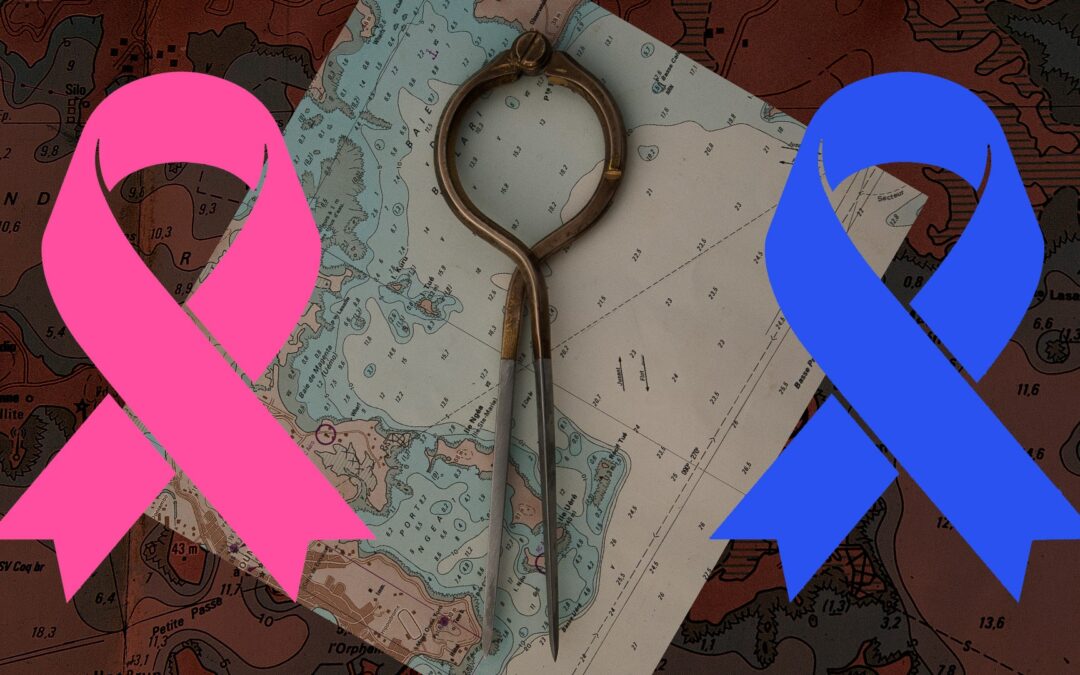Training Your Advocate
By Aimée José BSN BA RN CDCES
Living with Type 1 Diabetes (T1D) means juggling a lot—every day. Even the most seasoned person with T1D will have moments when help is not just helpful, but essential. Whether it’s a spouse, friend, coworker, or caregiver, having someone prepared to advocate for you can bring confidence and peace of mind when you’re sick, overwhelmed, or just need backup.
This person doesn’t need to have diabetes themselves, but they do need to understand your needs well. Some call these allies “T3Ds (or persons with Type 3 Diabetes)” as a term of endearment—because ideally, they know your diabetes nearly as well as you do.
Here’s how to train your advocate so they’re ready to step up when it matters most.
What an Advocate Does (and Why You Need One)
An advocate is more than a supportive presence. They are your voice when you can’t speak up for yourself. Their role might include:
- Asking questions you might forget
- Taking notes during appointments
- Keeping track of your preferences
- Recognizing early signs of trouble
- Calling for help in an emergency
Their main job? Helping you stay safe and well, especially when you’re not in the best position to manage things alone.
How to Train Your Advocate
Below is a step-by-step training guide to help you teach someone how to support you effectively.
1. Teach Them About Your Supplies
- Where to find all your diabetes supplies
- What type(s) of insulin you use and any that don’t work well for you
- What devices you use (e.g., insulin pump, CGM, meter) and the brand
- How to:
- Manually check your blood sugar
- Insert an infusion set or change a site
- Restart or replace your CGM
- Read or access CGM data (wherever it streams: phone, smartwatch, etc.)
- Give an insulin injection—including how to:
- Use a syringe or insulin pen
- Choose and rotate injection sites
- Recognize and avoid intramuscular injection
- Dispose of sharps properly
💡 Set up a hands-on session so they can practice using your tools. Show them how your devices and injections work in real life—not just on paper.
2. Share Your Key Info
- Contact info for your endocrinologist and primary care provider
- Your preferred hospital or clinic
- A complete list of medications (including non-diabetes meds)
- Any allergies, especially to meds
- Where your Advanced Care Directives are located (and review them together)
3. Know the Red Flags & Emergency Plan
Help your advocate recognize when to step in—and what to do next:
- Your typical symptoms of low and high blood sugar
- Where your low treatments are kept (glucose tabs, juice, etc.)
- When to call for help, including:
- Loss of consciousness
- Vomiting and suspected DKA
- Confusion or unresponsiveness
- Repeated high BG despite corrections
Easy Conversation Starters
Training your advocate doesn’t have to be formal. Use these conversation openers to make it feel more natural:
- “This is what my low blood sugars usually feel like…”
- “If I’m not answering or acting strange, check my sugar here.”
- “Here’s how to silence my CGM alarm, and when you should wake me up.”
- “Here’s a list of my meds and what to do if I miss a dose.”
- “Let’s walk through what to do if I need emergency care.”
You’re a Team—Reassure and Empower Them
Your advocate doesn’t have to be perfect—they just need to be informed and willing. Let them know:
- It’s okay to ask questions
- They won’t be expected to know everything, just the basics
- Their support makes a difference, even if you rarely need it
Being prepared before a crisis makes any situation more manageable for everyone involved.
Final Thought
Advocacy isn’t just about speaking up—it’s about having someone who knows what matters to you and how to keep you safe. Training your advocate is one of the most important things you can do to protect your health and well-being, especially during emergencies or hospital visits.
With the right information and a little practice, your person becomes not just a helper—but a true partner in your diabetes care.
Last updated 08/07/2025.
Recent Stories

When I’m 64
I will turn 64 in a few weeks. Which means that in about a year, I will be on Medicare. The US Government has declared it: I’m almost old! So, you might ask me why I am part of the T1D to 100 Initiative. It’s simple – I’m its target audience. The work we are doing is for me!

Aging with Type 1 Diabetes: When All of Life Suddenly Changes
What happens when, as an aging T1D, you experience a sudden loss or major life change? What happens when you need to make a change to where to live when you were once a “we” and are now only a “me?”

Navigating the Intersection of Breast Cancer and Type 1 Diabetes
My life has been profoundly impacted by managing Type 1 Diabetes since the age of two, alongside my battle with breast cancer ten years ago. However, when I was diagnosed with breast cancer, my long-time supportive endocrinologist had retired, leaving me to navigate this new challenge without their expertise.
